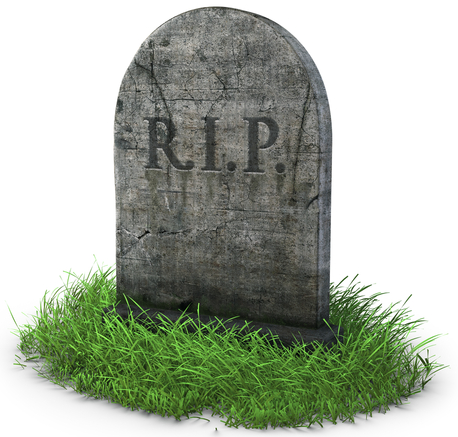Is The Art Of Paid Search Marketing Dead?
- Fahad H

- Jul 2, 2013
- 4 min read
If you are a regular reader of this column, then you know I have a tendency to reminisce about the old days of digital marketing and the early days of our old agency. Maybe I am just getting sentimental in my old age, but I found myself reminiscing once again this past week as I looked through an old sales deck.
“Search is part science, part art,” read the title of a slide that tried to explain this new-fangled thing called paid search.

Image via Shutterstock
“Part science, part art.” There was no better phrase in the world to explain what we did than those four words. There was so much science behind what we did – we had numbers that showed how all our campaigns performed – but the art of writing the best creative and finding the newest keywords people were using to search was the added touch that made everything work.
“Part science, part art.” It makes me shudder now. Is there a worse way to describe paid search than art? These days, with the massive improvements toward search automation, the most successful search marketers are far more scientist than they are artist. But is that a good thing — or is it holding search back?
Making The Case For Science
We were silly to think there is any art in paid search to begin with. What we were calling “art” was actually just a poor man’s way of explaining topics that were too hard for CMOs to understand. (Bidding? What do you mean you bid on advertisements? On the Internet?)
Search was built by engineers, supported by algorithms, and is nothing more than a few characters of text layered on top of a lightly colored box. Nothing about that screams art. From day one, search was built for the brainiacs and data wizards and needs to be left that way.
Keywords. The engines give those to you. All of them. The new ones, the old ones, the trending ones and everything in between.
Bidding. Technologies track what works and at what costs, making sure every penny we spend is done as efficiently as possible.
Creative. Why spend hours trying to write it when companies like Data Pop make sure each piece is written to perform in the best possible way?
Targeting. Don’t know what countries, states, cities, zip codes or 100-yard-area performs best for you? Google will tell you and then let you target those specific areas. What about different devices? They have you covered there, too.
Campaign Forecasting. Scared of making predictions about volume and sales? There are tools for that.
Reporting. Do I even need to remind you that all the above tools are based on insanely granular reporting?
Campaign Management. Don’t want to use a bunch of tools? No problem — there are plenty of tools like Kenshoo and Marin that aggregate all the tools into one for you.
And this is just the beginning. If there is an ability to perform any action in paid search, there is a tool to automate it and make it as efficient as possible. In the world of cut-throat marketing budgets and tight ROIs, you can take your “art” and go talk to the people that run branding. It might make more sense to them.
Making The Case For Art
Can things be automated? Of course. Can automation help? Absolutely. Is automation the answer to all our problems? Absolutely not.
Keywords. Those tools work great if there is already demand for a product or brand, but I am advertising my new product on the Super Bowl this year. Strange, those tools don’t suggest any related keywords.
Bidding. Works great if demand never changes and outside influences don’t change the value of each click.
Creative. Ever seen an eBay search ad? No? Oh right, they canceled their paid search programs. Perhaps if they had written ads that weren’t so poorly constructed – clearly through automation – their program would have performed better and paid search would be an effective channel for them.
Targeting. Completely eliminates the influence of new stores, events, local happenings, etc.
Campaign Forecasting. All of it is done in a bubble completely removed from current context and is based solely on historical demand.
Reporting. Happens in the bubble of the campaigns and eliminates any influence from other marketing channels.
Campaign Management. Okay fine — I give science this one.
Search may be made for brainiacs, but without some artistic love, all the campaigns will end up being cold, boring search listings that feel more like engineering manuals than advertising.
The Conclusion
While I am all for the science part of search (and, in truth, believe it should be the foundation of every search campaign), I feel that whenever a search campaign is completely devoid of art, it becomes a vapid wasteland that is anything but interesting. We keep trying to make these arguments that search needs more budget and is great for brand building, then we keep running campaigns that rarely exhibit the same feel (or even same language, in some cases) as the brand as a whole.
I am not here to say that technology in search is bad and we all need to start a giant, hippie search commune where we only run “artistic” search campaigns and all wear patchouli. But is it wrong to want people to be a bit more creative and artistic with their search campaigns? Who knows, maybe I am just being sentimental again.








Comments